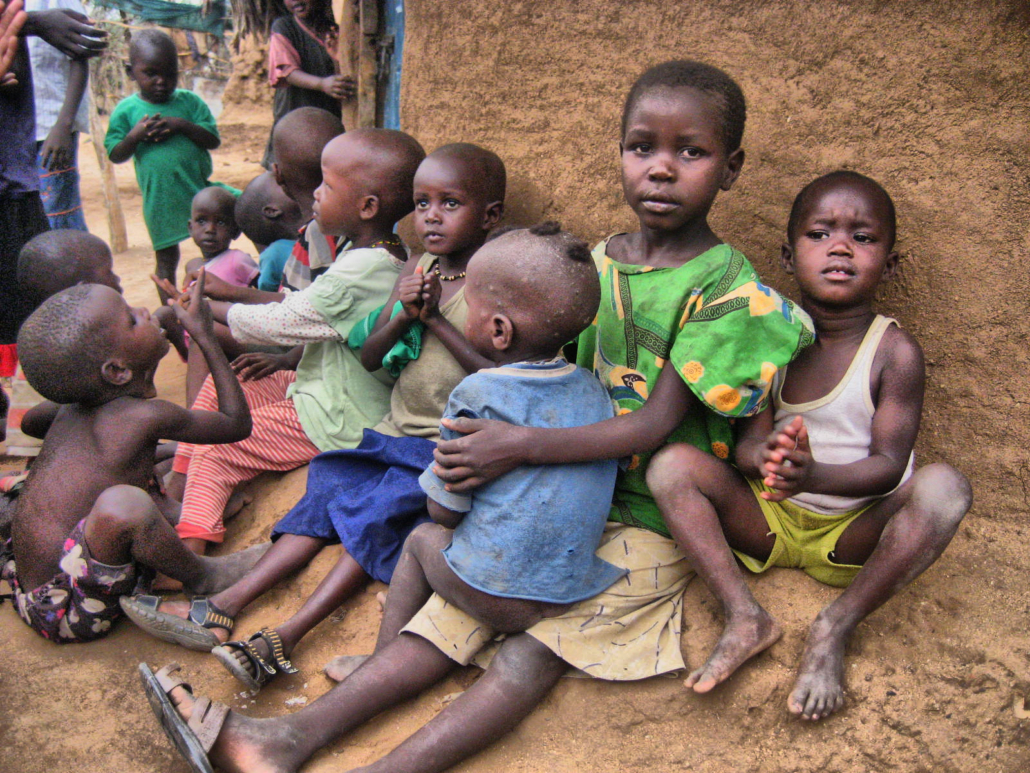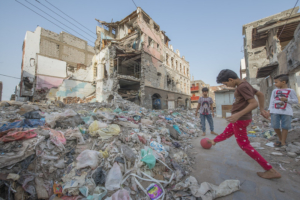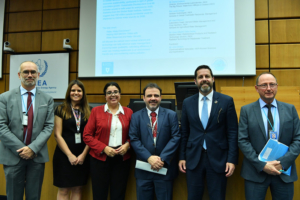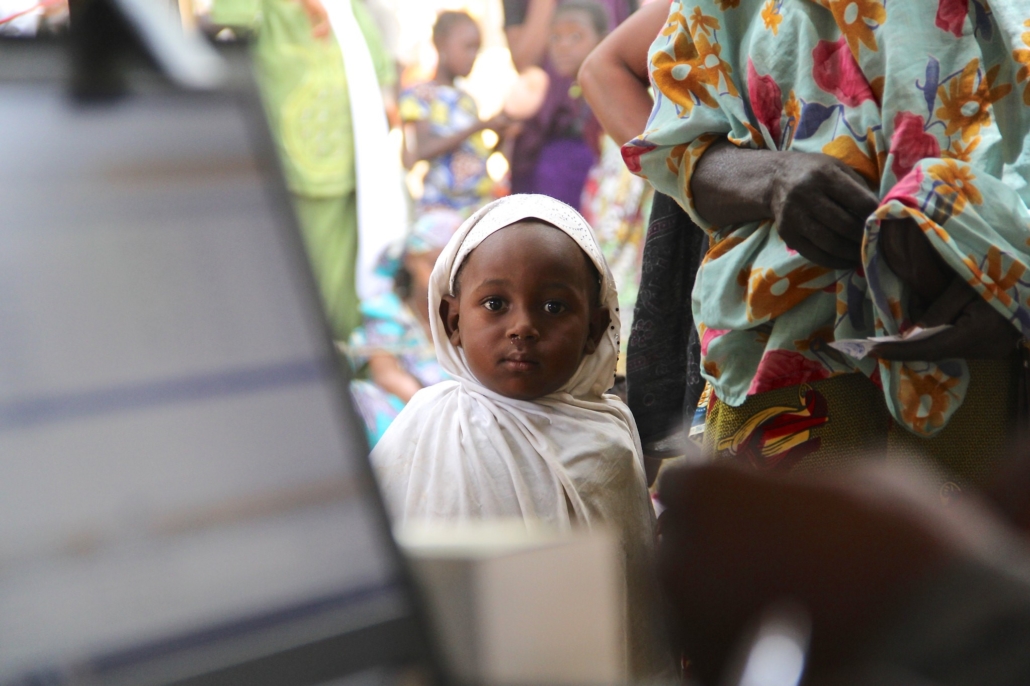
Lesotho, a land-locked nation in Southern Africa, with a majority of its population living in poverty or constantly at risk of falling into poverty, has an ongoing health care crisis. Lesotho’s health care crisis includes low numbers of nurses and doctors per capita, the third-highest HIV/AIDS rates worldwide, a short life expectancy and lacking facilities for all needed treatments in Lesotho. Recent advancements have brought new facilities and care teams to assist Lesotho’s extremely underprivileged, starting with oncology treatment as part of a more significant movement to improve health and poverty throughout Lesotho.
Lesotho’s Health Care System
Numerous challenges riddle Lesotho’s health care system, many of which are contributing to the ongoing health care crisis. The most recent data shows Lesotho’s government spending approximately 11% of the nation’s GDP on health expenditures, amounting to $105 per person — an incredibly low amount compared to Lesotho’s neighbors. The expenditures are the primary source of funding for the health care system. Moreover, government spending sustains the publicly-owned hospitals and clinics, pays the salaries of healthcare professionals and provides funding for imported pharmaceuticals as Lesotho has no local pharmaceutical production.
There are only 0.9 doctors per 10,000 Basothos (citizens of Lesotho), and no medical or nursing schools exist. For rural Basothos, getting to any of these doctors is an immense challenge. Rural residents of Lesotho — 70% of the country — are at one of the greatest disadvantages in receiving aid in Lesotho’s ongoing health care crisis. Basothos in rural areas are among the nation’s poorest, with poverty rates of more than 60%. Rural Basotho often trek for miles, on a trip that may take up to several days, with the goal of securing an appointment with one of the few doctors in Lesotho.
Lesotho’s Persisting Health Ailments
Lesotho has the third-highest rate of HIV/AIDS in the world, with one in five adults testing positive for the disease. In addition, with HIV so widespread in Lesotho, the nation’s average life expectancy is 54 years. When living in poverty, as many Basothos do, a person is likelier to partake in risky behavior. One form of risky behavior includes transactional sex, a common practice among women in poorer regions, as a method of obtaining food. It results in unprotected sex, which is a leading cause of the spread of HIV.
Women living with HIV are six times more likely than healthy women to develop cervical cancer. Cervical cancer is the leading cause of death in women living with HIV. The lack of treatment for all Basothos means a lack of treatment for all individuals living with HIV, and all women living with cancer as a result.
Lesotho’s ongoing health crisis, with its limited treatment options across the nation, has convinced NGOs, foreign partners and international benefactors to expand access to treatment within Lesotho’s borders.
Lesotho’s Recent Health Care Advancements
International aid has come from the U.S. Center for Disease Control (CDC), the U.N., and most recently, The Bristol Myers Squibb Foundation (BMSF) to tackle Lesotho’s ongoing health care crisis. The BMSF nonprofit funded a new clinic to treat Basothos living with cancer. BMSF granted Lesotho’s government $1 million to set up the clinic with the proper equipment and ensure that the working personnel have adequate training. The expansion of the BMSF in Lesotho resulted in the nation’s first oncology treatment clinic. Within the first few months, the clinic treated 20 patients and has remained a thriving practice with relatively easy access for those in rural areas.
Lesotho’s health care crisis is struggling to make progress due to the low expenditures the government allocates per person, but the outside assistance is helping Lesotho’s poorest citizens fight for their health. The BMF, the CDC and the U.N. are all providing assistance to end AIDS. The U.N. has acknowledged that it is necessary to end poverty to end AIDS. The international assistance provided brings new hope to Basothos struggling with health problems. As assistance and treatment for HIV and cancer increase, the poverty rate will be able to decrease with more Basothos healthy and able to work. Despite Lesotho’s health care crisis, there is hope. As international aid continues to arrive, more and more Bsothos will see a positive change in their health, economic status and futures.
– Clara Mulvihill
Photo: Flickr









